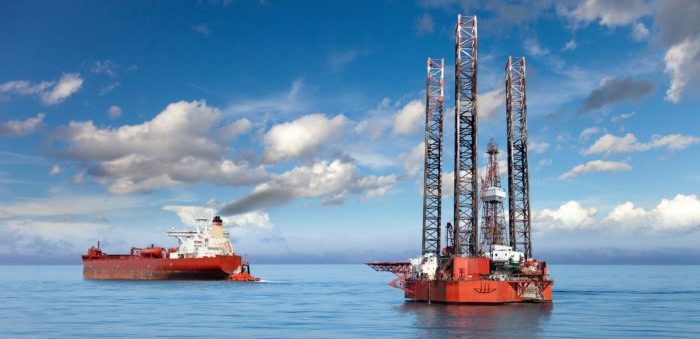In its latest Safety Flash for May, IMCA presents a ship’s contact with the legs of a rig which, although not causing any damage, highlighted the Master’s inadequate understanding of hazards while manoeuvring in heavy weather, as well as the lack of a proper planning before manoeuvring operations.
The incident
The incident occurred when the vessel was moving astern down the prevailing current, to approach the starboard side of the rig. Because the cargo was located on the vessel’s forward deck, the vessel had to approach within two meters of the rig in order to allow the hook to reach the load. When the vessel reached her offload/snatch position below the crane’s hook, the vessel’s bow turned slightly to port, which allowed the current to catch the vessel’s starboard side. The Master observed the vessel drifting towards the rig’s starboard side aft leg and he immediately decided to abort the operation. The vessel was manoeuvred forward with both engines to escape; unfortunately, the port quarter slightly touched the rig’s starboard side aft leg.
Findings
- The Master permitted the operation to take place on the starboard or weather side of the rig and did not request to have the work done from the rig’s port or lee side;
- The effect of wind and current played a vital role in vessel’s approach to and hitting the rig’s leg;
- The Master’s decision to approach was not properly risk assessed – he misjudged the direction and effect of the current during manoeuvring;
- It was not evident that the lifting operation was covered in a specific risk assessment for that particular project;
- The Master had no robust plan for escape manoeuvring and did not plan when to abort manoeuvring.
Lessons Learned
- A better understanding was needed of the risks and hazards of manoeuvring against the current;
- A more detailed prior agreement should have been made between the vessel Master and the offshore installation manager (OIM) with regard to cargo and lifting operations;
- Escape routes and plans should be considered before starting any critical manoeuvring;
- The vessel Master – rather than the OIM or the client – has the overriding authority to accept or reject the operation based on judgment about the weather limitations and circumstances.






























































